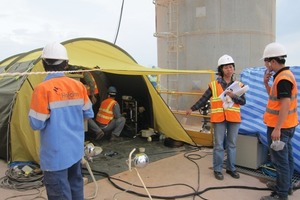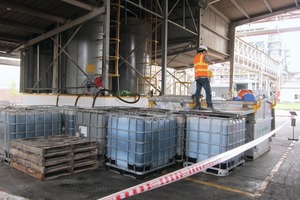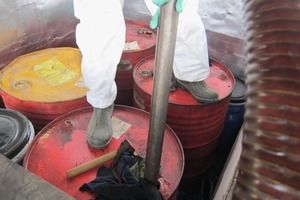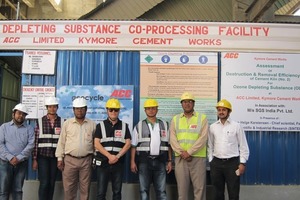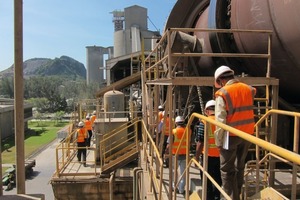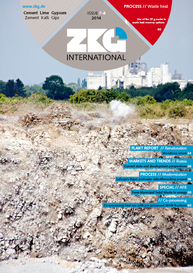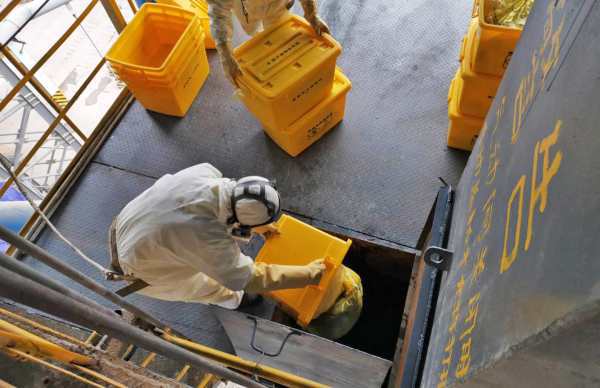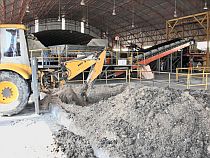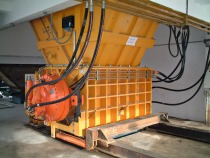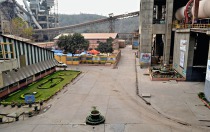Destruction of hazardous chemicals and POPs in cement kilns
Hazardous chemicals and persistent organic pollutants constitute a threat to health and environment, both locally and globally. Many developing countries have no destruction options available and export is usually too costly. Cement kilns can be found in virtually every country and might constitute a sound treatment option if found feasible.
1 Introduction
Several international conventions aim to protect human health and the environment by requiring parties to take measures to reduce or eliminate releases of hazardous chemicals like obsolete pesticides and persistent organic pollutants (POPs) from intentional production and use, from stockpiles and wastes and from unintentional release. The Aarhus Protocol covers 16 POPs and the Stockholm Convention on POPs covers for the time being 21 compounds or groups of compounds.
There is currently no reliable information available regarding what quantities these POPs constitute on a global...

